Our travels around the world have done nothing but make us long for and remember our country, Venezuela. We are not “patriots” in the political and crude sense that is now usually given to the word. We simply take Venezuela in a special place in our hearts.
Although our roots are in Syria, which we love and honor, the land we were born and raised in is what we call “home.”
That’s why this week we want to dedicate some lines to some – not all, because it would be too long – tourist destinations in that wonderful land that gives our name to our name.
Los Roques

The coral archipelago of Los Roques, which constitutes a National Park, is one of the jewels to visit in Venezuela.
Located just 176 kms north of Caracas, in the Caribbean Sea, this archipelago is formed by several islets and islands, the largest being Gran Roque.
The sand of its beaches, which is pulverized coral, is very white and reflects the sun like a mirror. So it is mandatory to wear dark glasses.
Although the hallmark of Los Roques is the color of its waters, an unusual turquoise blue. But those incredible images that we see require the use of filters in the cameras, to reduce the strong solar radiation that would otherwise decrease the contrast of the images.
The inhabitants of these islands, fishermen and people engaged in tourism activities must bring everything from the mainland, including drinking water. For this reason the prices there are high, as is the accommodation.
To access the archipelago, either take a charter flight or arrive by boat.
Among the activities that are carried out there, the snorkelstands out, which allows to testify to the rich variety of the reef marine life. Sailing, surfing and fishing are also popular.
Gran Sabana
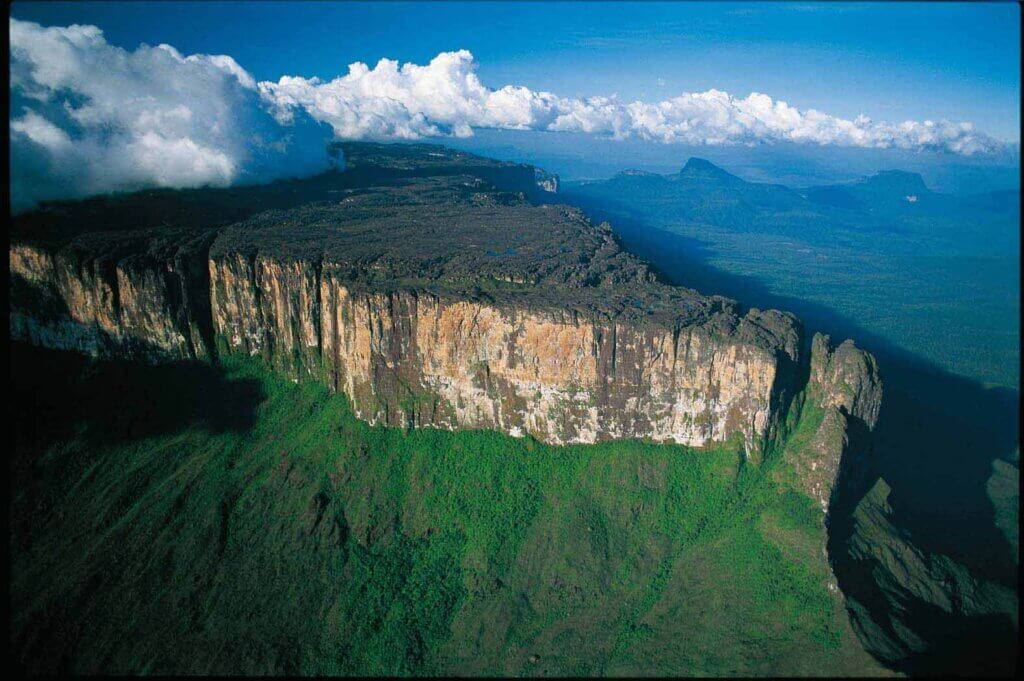 This environment is unique in the mute. It is a huge massif of the Precambrian era (more than 600 million years ago).
This environment is unique in the mute. It is a huge massif of the Precambrian era (more than 600 million years ago).
In its relief, the tepuyesstand out, mountains with flat and large peaks that have practically no equivalent in the world. They are ecosystems that present a great endemism (animal and plant species that are not found elsewhere in the world)
Their most publicized feature is the Angel Falls, the highest waterfall in the world (979 meters) but there are extraordinary places little known as the Quartz Cave of the Chimantá Massif, the Simas de Sarisariñama that are chasms of 300 meters deep from the top of certain tepuis,rivers whose channel rests on a polished jaspe bed, mysterious forests and an endless number of other things.
Another star is the ascent to the tepuy Roraima,4-day round trip. Tourists from all over the world visit Venezuela only to ascend the Roraima, although now less because of the economic situation in the country. It is accessed through a road in a journey of about 1200 kms from Caracas to Santa Elena de Uairén, a town that can be taken as a base of operations to know the Gran Sabana.
The Andes
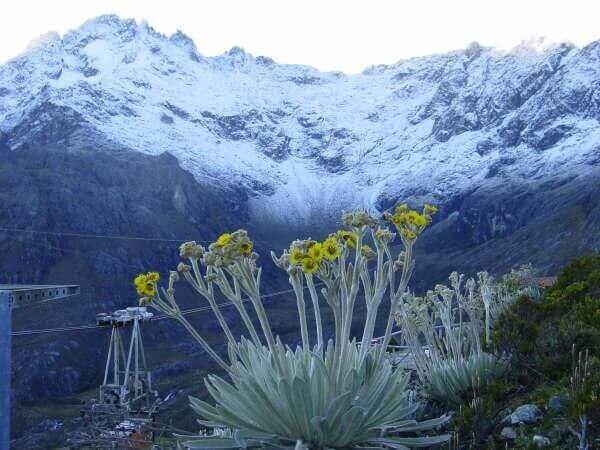 The Andes Mountains have their beginning (or end, depending on how you see it) in Venezuela. That is where the highest elevation of the country is, the Cerro Bolívar at 5007 meters.
The Andes Mountains have their beginning (or end, depending on how you see it) in Venezuela. That is where the highest elevation of the country is, the Cerro Bolívar at 5007 meters.
The Andean of place is one of the biggest attractions. They are warm, friendly, calm and proud talking people of their region. The two main cities are Mérida and San Cristóbal, but there is a plethora of smaller cities and “typical Andean towns”, such as Jají, Jajó, El Cobre, Boconó, Piñango, Niquitao, whose delight is simply in walking through them.
The only place in Venezuela where you will see perpetual snowfall or see ephemeral snowfall is in the Andes, while on its treeless summits the friar, a native plant of the region, lords.
From the city of Mérida it is possible to take the Mérida Cable Car, which is still the highest in the world, to the summit of Pico Espejo. From the booths one can see the dizzying heights, not suitable for cardiacs.
As for the gastronomy, the Pisca Andina (consommé with egg, chives, potato, coriander and milk) and the wheat arepas are a delicacy long recommended for those who visit the area.
Orient
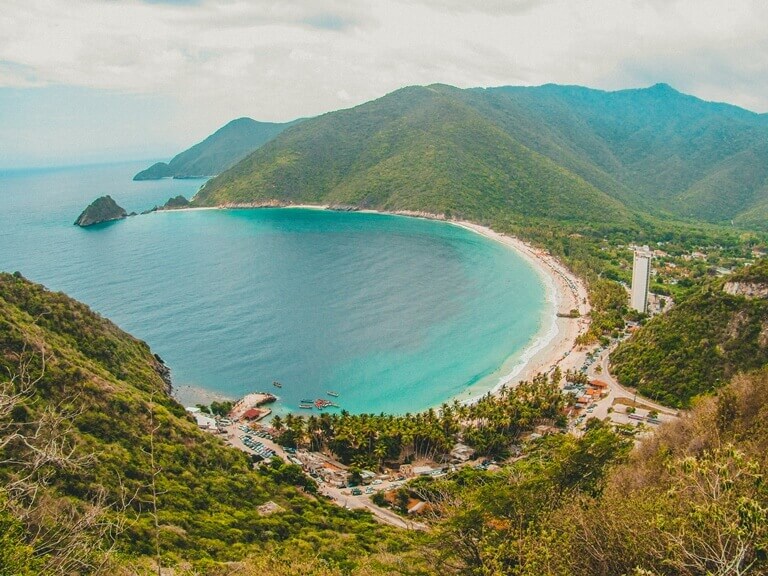 Often overlooked, the Venezuelan east presents a great variety of ecosystems and attractions that delight any traveler.
Often overlooked, the Venezuelan east presents a great variety of ecosystems and attractions that delight any traveler.
From cities with all services such as Puerto La Cruz, to mysterious caves such as the Cueva del Guácharo, surrounded by coffee plantations and visited by Humboldt. A whole variety of options are deployed in these regions as a microcosm.
You can spend days bathing on the beaches or researching the mangrove ecosystem of Mochima National Park or can choose to explore the highly endemic mountains of the Paria Peninsula, attested by Columbus and which inspired him to call them “Land of Grace”.
They are famous – with just reason – the sunsets of Juan Griego and La Guardia on the Island of Margarita. This island has one of the special places in the hearts of Venezuelans. The authentic “Pearl of the Caribbean”.
Other lesser known sites, but equally valuable to visit: the largest man-made pine forest in the world in Monagas, the Second Bridge over the Orinoco,the oil areas of Anzoátegui, etc.
Los Llanos
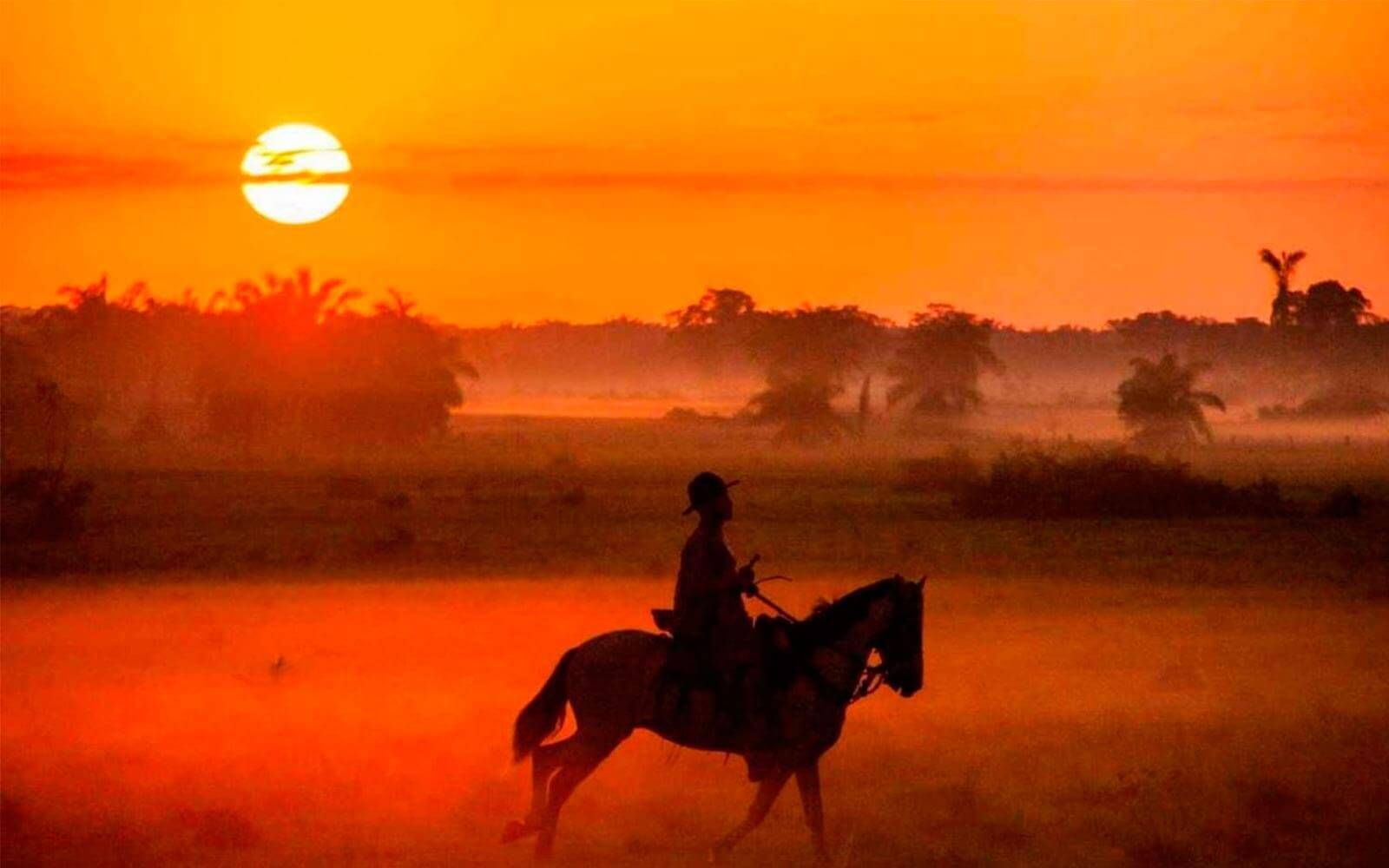 One of the areas that has contributed most to forging the identity of the Venezuelan is the region of the Llanos.
One of the areas that has contributed most to forging the identity of the Venezuelan is the region of the Llanos.
Occupying a third of the surface of Venezuela, the Llanos are recognized for being the cradle of llanera music, emblematic of Venezuela, for the meat-based gastronomy, for the best white cheeses in the world, for the hard work of the llanero, authentic cowboy, and for its impressive landscapes and wildlife.
Not in vain the work of the most important literature of Venezuela, Doña Bárbara, takes place in the Llanos, the perfect setting for a grandiose staging of the idiosyncrasies of the Venezuelan.
Los Llanos are home to huge animals, such as the gigantic anacondas, the Orinoco crocodile, in danger of extinction and that can reach 5 or 6 meters long and a ton of weight. The imposing jaguar and the huge variety of llaneras birds.
If you are a big fan of eating meat, you will not find meats more delicious than the one produced by the cattle here. And if French matured cheeses are world famous, the fresh white cheeses of the plain, with their enormous variety, their delicate flavors and their artisanal elaboration also deserve a place of distinction.
Conclusion
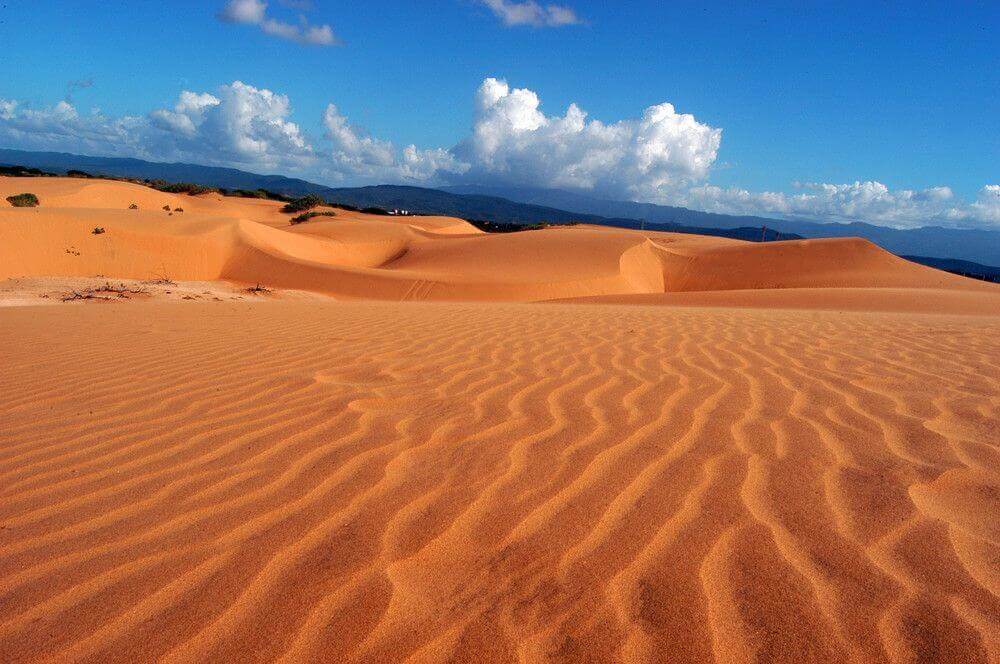 In recent years, the decline of the Venezuelan economy, the drastic decline in tourism and the mass exodus of Venezuelans abroad, have made many forget all the exceptionally wonderful that Venezuela has to offer.
In recent years, the decline of the Venezuelan economy, the drastic decline in tourism and the mass exodus of Venezuelans abroad, have made many forget all the exceptionally wonderful that Venezuela has to offer.
The natural processes that have given rise to what we now call Venezuela, took place over tens and hundreds of millions of years.
Human events do not go beyond a few decades.
So after all the contingencies of human activity, the land we love and call Venezuela will continue to remain.
